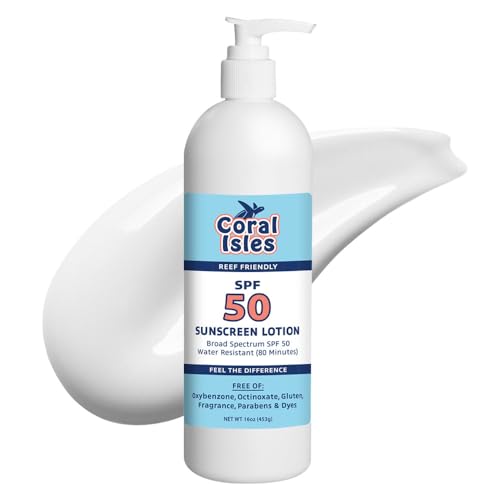NaH2O
Well-known member
- Joined
- Jan 25, 2004
- Messages
- 8,568
I am acquiring some SPS from a friend of mine. There are some beautiful pieces, but some once gorgeous corals weren't doing so well. I picked up 3 of the corals over the weekend and had a QT waiting for them. I noticed right off the bat that they had Acropora eating flatworms. So, my questions have to do with the best method to handle the corals in QT. I do plan on picking up the rest of the corals in the near future. Here is what I have done so far (see below). I would like anyone with extra information on these to toss it in this thread. I know there is a long thread on RC about them, but I haven't had any time to read it.
For those that don't know what the acro eating flatworms are they are flatworms (different than the red flatworm/Convolutriloba retrogemma) that prey specifically on Acropora spp. They cause tissue loss and can wipe out entire colonies. They lay eggs, so subsequent treatments have to be followed. I feel these are the ultimate nightmare for Acro keepers. They appear almost invisible depending on the color of the coral.
Here is a shot of one of the corals before the dips:

I did a 10 minute dip in SeaChem Reef Dip at 1 cap full/1 gallon. Blasted the corals with a turkey baster to free as many of the flatworms as I could. The dip actually freaked me out a bit, because the flatworms started crawling around like crazy on the large Granulosa.
(click to enlarge) What was left in the bucket from the dip View attachment 13601
After the dip, I shook/swished the corals as hard as I could in a new bucket of clean saltwater. Even more flatworms came off.
(click to enlarge) What was left in the bucket after the swishing View attachment 13602
The corals were then put in the QT. I have periodically been blasting them with a turkey baster, and sucking up/removing any flatworms that break free.
The next post will be my plan of attack.....
For those that don't know what the acro eating flatworms are they are flatworms (different than the red flatworm/Convolutriloba retrogemma) that prey specifically on Acropora spp. They cause tissue loss and can wipe out entire colonies. They lay eggs, so subsequent treatments have to be followed. I feel these are the ultimate nightmare for Acro keepers. They appear almost invisible depending on the color of the coral.
Here is a shot of one of the corals before the dips:
I did a 10 minute dip in SeaChem Reef Dip at 1 cap full/1 gallon. Blasted the corals with a turkey baster to free as many of the flatworms as I could. The dip actually freaked me out a bit, because the flatworms started crawling around like crazy on the large Granulosa.
(click to enlarge) What was left in the bucket from the dip View attachment 13601
After the dip, I shook/swished the corals as hard as I could in a new bucket of clean saltwater. Even more flatworms came off.
(click to enlarge) What was left in the bucket after the swishing View attachment 13602
The corals were then put in the QT. I have periodically been blasting them with a turkey baster, and sucking up/removing any flatworms that break free.
The next post will be my plan of attack.....
























































